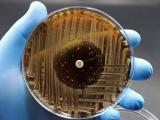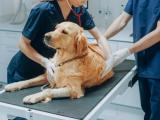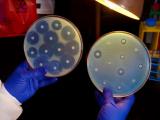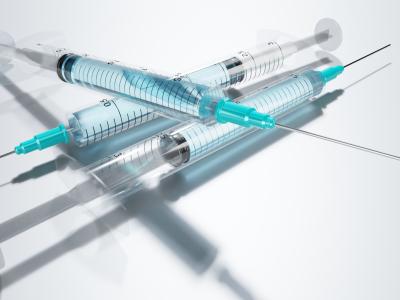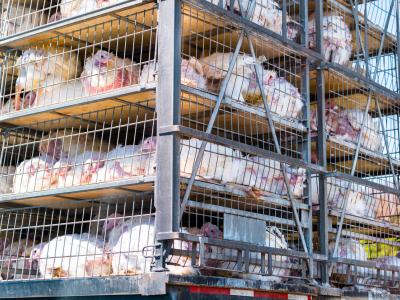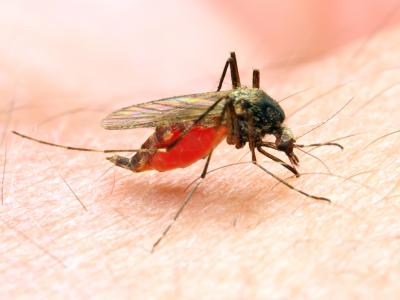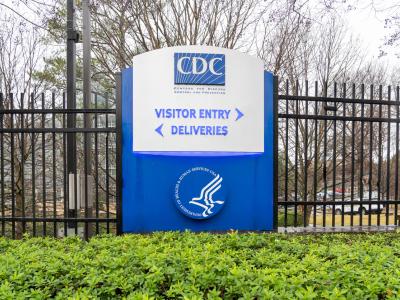Citing the rising threat posed by antimicrobial overuse to the food and agriculture sectors, the United Nations Food and Agriculture Organization (FAO) today released a new 5-year action plan on antimicrobial resistance (AMR).
With the world expected to produce as much food over the next 30 years as it has in the past 10,000, and antimicrobial use in livestock expected to double to keep up with demand, the FAO says now is the time to help countries strengthen their capacities to manage AMR risks in the food and agriculture sectors. Doing so will not only buy time for the discovery and development of new drugs, the agency argues, but also help build more sustainable, resilient food systems.
Released in conjunction with World Antimicrobial Awareness Week, the plan contends that widespread antimicrobial use in livestock, plants, and fish is contributing to the emergence of drug-resistant pathogens that affect the health of humans, animals, and the environment—and that curbing that use will be a crucial aspect of the fight against AMR.
"Resistance is already making some diseases in humans, livestock, and plants increasingly difficult or impossible to treat," the FAO states in the document. "It is undermining modern medicine, compromising animal production, and destabilizing food security."
Key objectives and activities
The action plan is built around five key objectives the FAO believes will help countries reduce AMR prevalence, slow the emergence and spread of resistance across the food chain, and preserve the ability to treat sick animals with safe and effective antibiotics. The objectives include increasing stakeholder awareness and engagement, strengthening AMR surveillance and research, enabling good practices to minimize infections in livestock, promoting responsible antimicrobial use in food production, and strengthening governance and resource allocation.
The plan also outlines activities that will help achieve these goals. To help build awareness, for example, the FAO and its partners will help develop global, regional, and national strategies for advocacy campaigns and risk communication. To strengthen surveillance, the FAO says it will expand deployment of its Assessment Tool for Laboratories and Antimicrobial resistance Surveillance System (FAO-ATLASS), which helps harmonize and coordinate AMR from the food and agriculture sectors in different countries.
Other activities include developing and revising international standards for prudent antimicrobial use in food and agriculture, developing guidance for improved management of animal diseases in key food production sectors, supporting governments and professional societies in efforts to train and educate food producers, and helping countries strengthen regulations on antimicrobial use in food production and implement and monitor One Health AMR national action plans.
The FAO says the activities will span all sectors of food production and address antimicrobial use in livestock, aquaculture, and crops.
"FAO's Action Plan serves as a roadmap for focusing global efforts to address AMR in food and agriculture sectors," the agency states. "Protecting food and health systems is a common need of our global society."
Increasing focus on AMR in food, ag
The FAO action plan is the latest step by international organizations to address the overuse and misuse of antimicrobials in food production. It comes in the wake of a statement issued in August by the Global Leaders Group on AMR, a group that was established by the FAO, the World Health Organization (WHO), and the World Organization for Animal Health (OIE) to provide political leadership on AMR.
The statement called on all countries to stop using antimicrobials—specifically those that are critical for human medicine—for growth promotion in food-producing animals, and to reduce the need for antimicrobials in food-producing animals by improving infection prevention and control, hygiene, and biosecurity.
In 2017, the WHO issued guidelines recommending complete restriction of medically important antibiotics in food-producing animals for growth promotion and disease prevention.
The FAO says further action is needed in the food and agriculture sector because overuse and misuse of antimicrobials has contributed to exponential growth of resistant microorganisms in livestock and rising prevalence in aquatic animals, plants, and the environment. These pathogens can then spread to humans through direct contact, and indirectly through the food chain.
Several countries—including the United States, the United Kingdom, and European Union member states—have taken steps to regulate and limit antimicrobial use in the food and agriculture sectors in recent years. In the United Kingdom, a recent report found that those efforts have resulted in a 52% drop in sales of antibiotics for use in livestock since 2014.
But many countries have limited regulations on antibiotic use in the food production, and some have none. A recent survey conducted by the WHO, OIE, and FAO found that 77% of countries regulated the prescription and sales of antibiotics for use in food-producing animals, and only 63% had laws prohibiting the use of antibiotics for growth promotion. And in many of the low- and middle-income countries where demand for meat is expected to grow in the coming years, enforcement of these laws is lax.
The WHO estimates that antibiotics purchased for use in food-producing animals account for up to 80% of all antibiotics sold in some countries.


